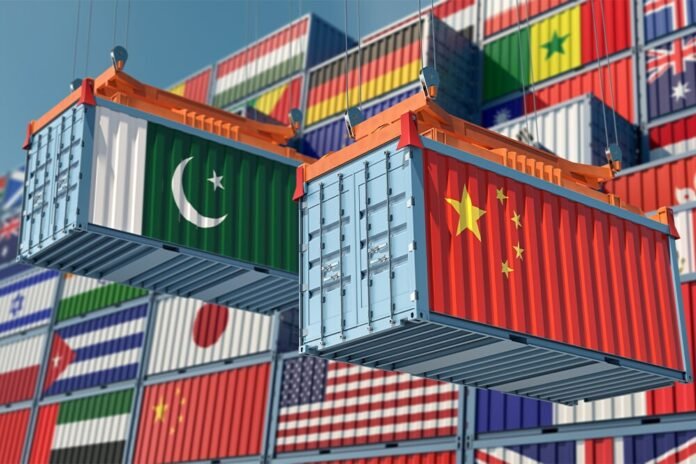While our planners and entrepreneurs are disappointed at the lukewarm response of the Chinese in relocating their commercially unviable textile units to Pakistan, the Chinese are regularly relocating these units in Vietnam, Cambodia, and Bangladesh.
Experts point out that the factors that go against Pakistan are unstable governments, inconsistent policies, absence of a skilled apparel workforce, bureaucratic red tape, and high power rates. This is the reason that instead of relocating their textile industries in Pakistan, they have been regularly relocating them in Vietnam, Cambodia, and Bangladesh during the past ten years. All these countries have low labor wages like Pakistan but are non-cotton producing countries but have stable governments and possess adequate skilled labor. The Chinese experience of joint venture with Pakistanis also failed as one of large Chinese textile groups walked out of a joint venture agreement with a leading Pakistani apparel exporter when it found that the accounts presented to it were fudged.
One of the largest among these Chinese investments in textiles is the $220 million invested in a Vietnam polyester synthetic fibre plant in central Tay Ninh province. The Trans-Pacific Partnership (TPP) of which Vietnam is a member is in the final stretch of negotiations, will lower import taxes in many large member economies like the US, Canada, Australia, and Japan. China is not a member. Import tariffs in the US, the biggest buyer of Vietnam’s leading export, textiles, will be cut from 17-32 percent now to zero.
Meanwhile, several Chinese textile companies have created the Chinese Textile Association in Cambodia (Ctac), with the aim of encouraging Chinese investment in the country. The organization, which includes Chinese textile companies, including manufacturers and suppliers, provides legal advice to investors who are interested in entering Cambodia. In addition, the Ctac will also promote the contact of Chinese companies with the Cambodian government. Cambodia is the eighth largest exporter of clothing and footwear, with annual exports of around 9.2 billion dollars (8.3 billion euros), which represents 78 percent of the country’s foreign sales.
Foreign direct investment (FDI) from China to Bangladesh has jumped by about 200 per cent year on year (YoY) in 2021 to $418 million in the first seven months, according to Chinese ambassador to Bangladesh Li Jiming. China has become Bangladesh’s largest trading partner and the latter is the former’s third largest market for engineering contracts in South Asia.
From January to July 2021, the trade volume between China and Bangladesh reached $13 billion, up by 58.9 per cent YoY. At the same time, Chinese contractors in Bangladesh registered turnover of $3.18 billion, up by 59.5 per cent YoY. Up till March this year, the total value of FDI in Bangladesh stood at about $20 billion, of which China provided around $1.4 billion.



